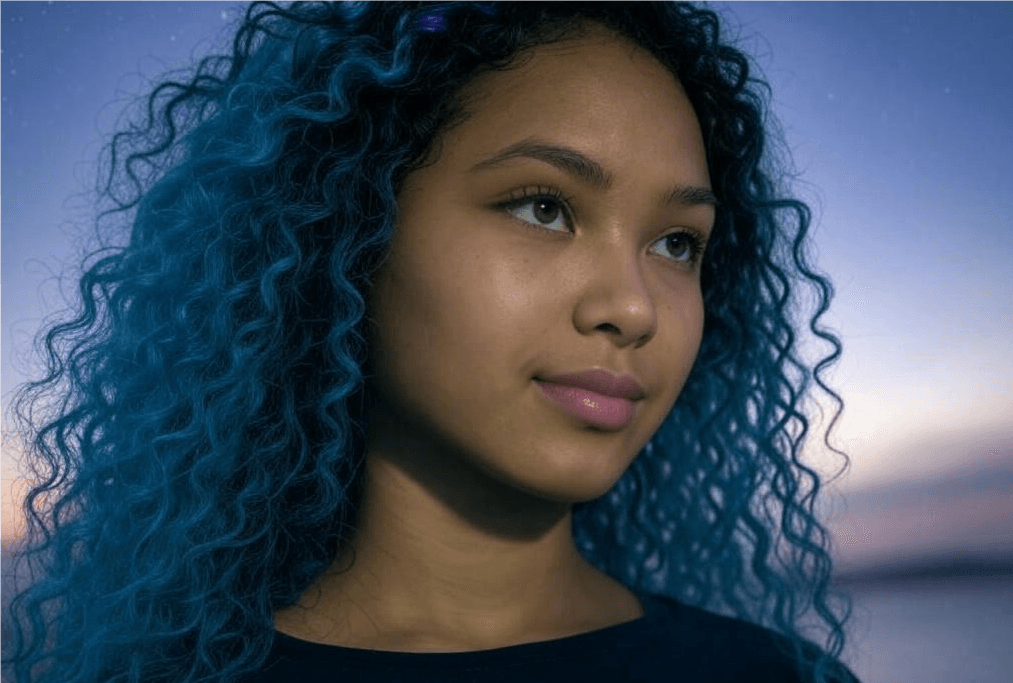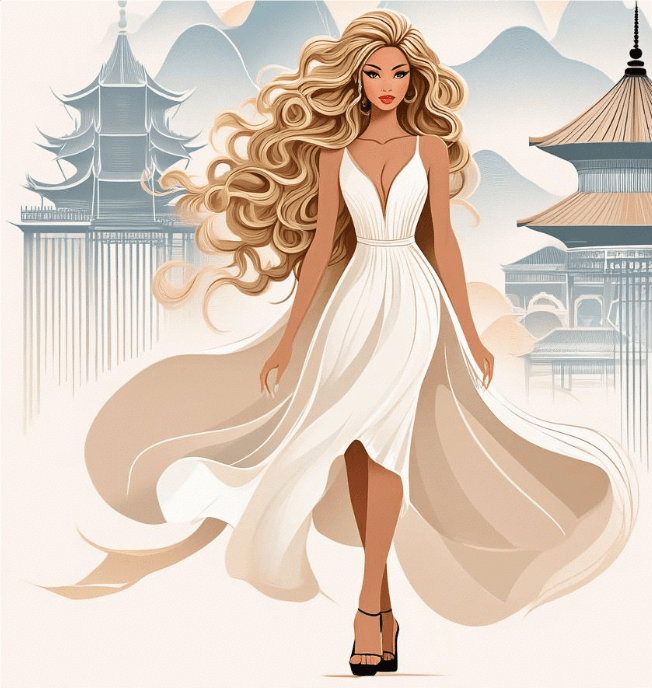Learning About the Mongolian Ponytail: A Cultural Exploration
Learning About the Mongolian Ponytail: A Cultural Exploration
The Mongolian ponytail, a timeless and iconic hairstyle, holds a special place in Mongolian culture and beyond. This traditional hairstyle is not merely a fashion statement but a reflection of Mongolian heritage, values, and way of life. Delving into the cultural significance of the Mongolian ponytail provides a fascinating glimpse into the customs and traditions that have shaped this unique cultural identity.

Historical Roots and Practicality
The Mongolian ponytail has its roots in the nomadic lifestyle of the Mongolian people. Historically, Mongolians were horsemen and herders who required practical, low-maintenance hairstyles that would not interfere with their daily activities. The ponytail was an ideal solution, as it kept hair out of the face and away from the neck, providing comfort and convenience during long hours of riding and working outdoors.
This practicality remains a key aspect of the Mongolian ponytail's enduring appeal. In modern times, the hairstyle continues to be favored for its functionality, making it a popular choice among individuals who lead active lifestyles or engage in physical activities.
Cultural Significance and Symbolism
Beyond its practical advantages, the Mongolian ponytail holds significant cultural and symbolic meaning. In Mongolian culture, hair is considered a symbol of strength, vitality, and beauty. The ponytail, with its thick, lustrous tresses, embodies these qualities, serving as a source of pride and identity for those who wear it.

The Mongolian ponytail is often associated with the image of the fierce and noble warrior, a figure that has played a central role in Mongolian history and mythology. Warriors would wear their hair in a ponytail as a sign of their bravery, resilience, and readiness for battle. This association has imbued the Mongolian ponytail with a sense of power and honor, making it a cherished symbol of Mongolian heritage.
Rituals and Traditions
The Mongolian ponytail is also deeply intertwined with various rituals and traditions. In traditional Mongolian weddings, for example, the groom often presents the bride with a silk ribbon or scarf, which she then uses to tie her hair into a ponytail. This act symbolizes the union of the couple and the beginning of their new life together.
Similarly, the Mongolian ponytail features prominently in the Naadam Festival, Mongolia's most significant cultural event. During the festival, participants in traditional Mongolian sports such as horse racing, archery, and wrestling often wear their hair in a ponytail as a sign of respect for their heritage and a tribute to the warriors of old.
Global Influence and Modern Interpretations
The Mongolian ponytail has transcended its cultural roots to become a global fashion trend. Celebrities, models, and fashion enthusiasts around the world have embraced the hairstyle for its versatility and chic appeal. The Mongolian ponytail has been interpreted in countless ways, from sleek and minimalist to bold and embellished with accessories such as beads, ribbons, or feathers.

In contemporary Mongolia, the ponytail remains a popular choice among young people seeking to connect with their cultural roots while expressing their individuality. It is also a common sight in urban centers, where Mongolians and non-Mongolians alike appreciate the ponytail's elegance and practicality.
Conclusion
The Mongolian ponytail is more than just a hairstyle; it is a cultural treasure that encapsulates the history, values, and traditions of the Mongolian people. From its practical origins as a necessity for nomadic life to its symbolic role as a symbol of strength and honor, the Mongolian ponytail holds a unique place in the cultural landscape.
By exploring the cultural significance of the Mongolian ponytail, we gain a deeper appreciation for the customs and traditions that have shaped this iconic hairstyle. Whether worn as a tribute to heritage or a fashion statement, the Mongolian ponytail continues to captivate and inspire, serving as a bridge between the past and the present.





